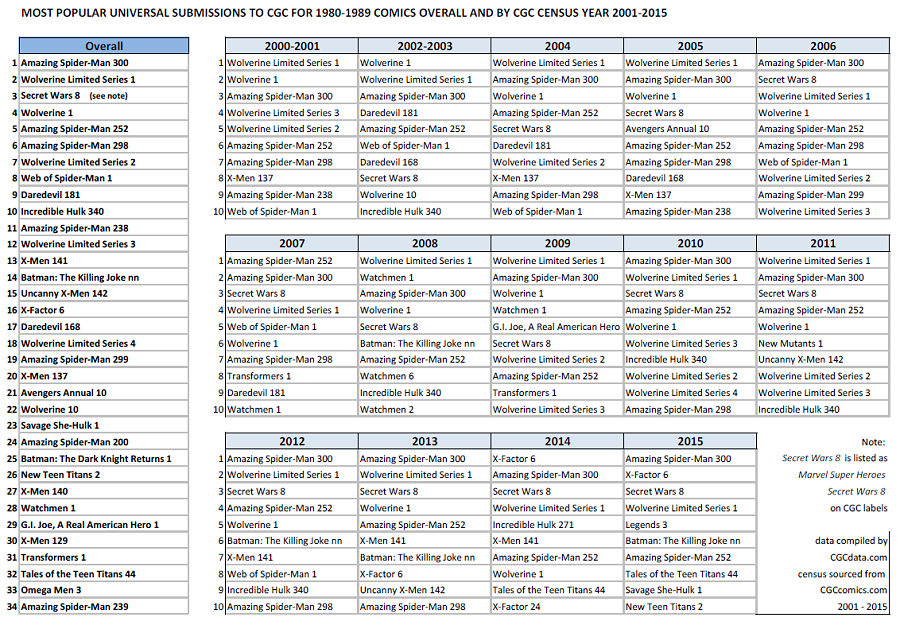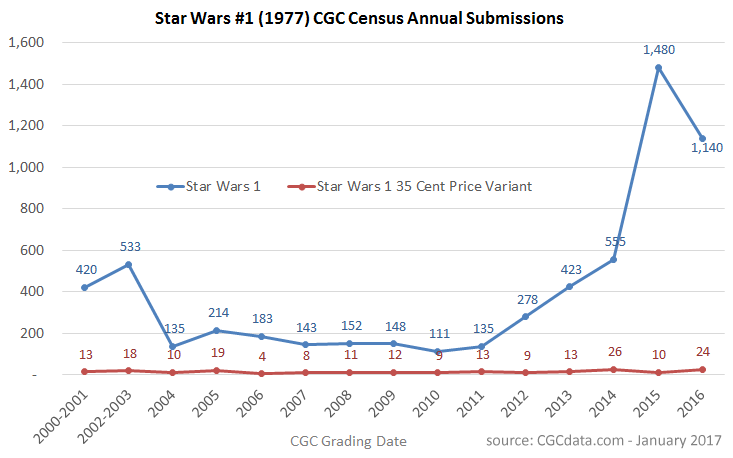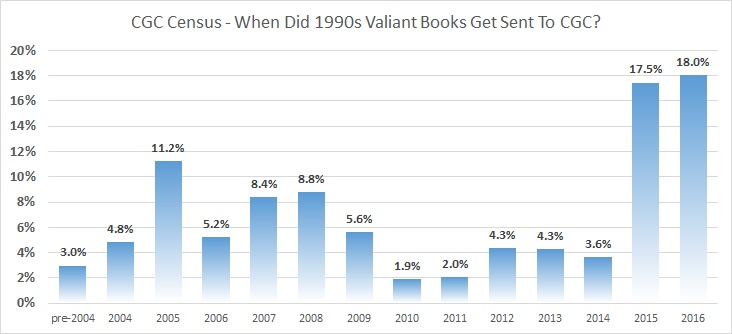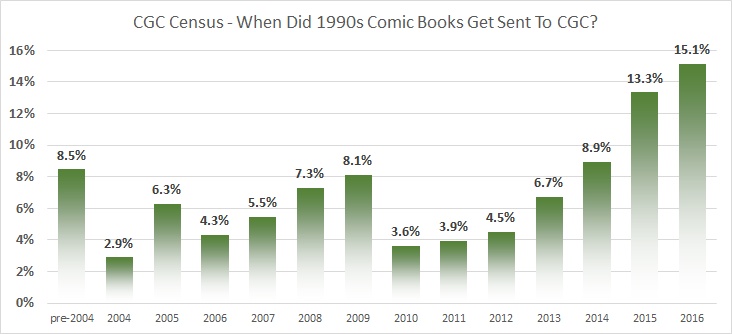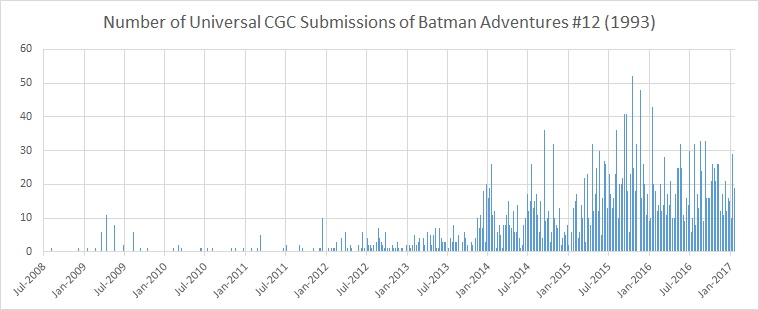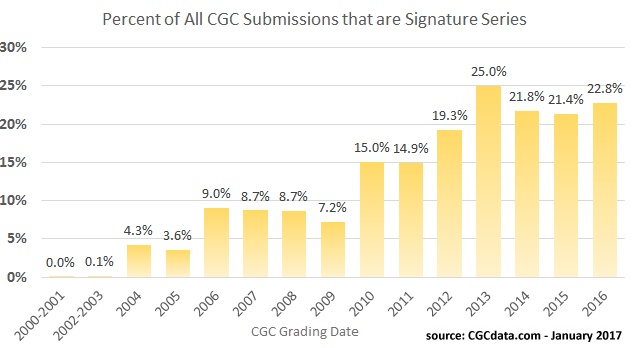Some traditional names for the ages of comic books have been in place for a while (Golden Age, Silver Age), and some are still being argued (Copper Age, Modern Age).
This website will usually refer to comic books by the decade of their release (or date printed inside), rather than by ages, Golden, Silver, Bronze, etc.
While there is little doubt that a comic book from 1939 and another from 1952 are both Golden Age, there is a significant difference in comics from the 1930s compared to comics from the 1950s. The addition of a sub-age in the Golden Age (like Atomic Age) may be useful for some, but in all cases these ages are linked with years.
For clarity and to eliminate confusion, this website will say 1950s comic books when it means 1950-1959, rather than attempt to separate Golden Age, Atomic Age, and Silver Age… which can all lay claim to at least a portion of the 1950s.
Comics from the 1930s, 1940s, 1950s, 1960s, 1970s, 1980s, 1990s, 2000s, 2010s, and 2020s will be referenced in the tags of articles and charts, when applicable. Other age labels may be included, but will not be required.






